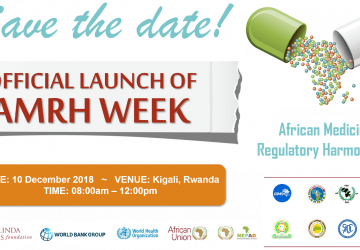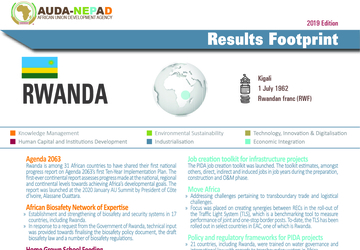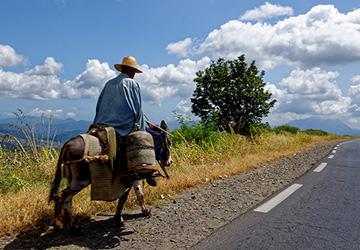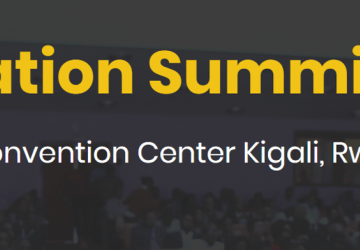 Rwanda
Rwanda
Official Name: Republic of Rwanda
Capital: Kigali
Independence Day: 1 July 1962
Currency: Rwandan franc (RWF)
Key Result
The ARECO-RWANDA project sought to improve the livelihoods of women, while encouraging biodiversity conservation through the sustainable management of natural resources. Organised into 28 cooperatives, 5000 women were guided and assisted in the establishment of nurseries growing indigenous and fruit bearing plants, and additionally in the craft-based development of community tourism.
The FIOM project promoted the economic empowerment of women from the Kayonza, Kirehe and Ngoma districts of Rwanda. The project assisted 30 community based groups to transform into 16 legally registered cooperatives. The project benefited 706 women and 63 men and further helped to double the household income of the beneficiaries.
Harmonized standards enabled national drug regulatory authorities (NMRAs) in EAC to authorize 2 Antimalarial Drugs and 3 Generic Pharmaceuticals.
Rusumo Falls is a hydropower production plant purposed to serve 61 MW to Burundi, Rwanda and Tanzania.
Rwanda committed 2 million hectares of degraded land the be restored by 2030. Restoration opportunities assessment methodologies (ROAM) have been developed in four countries; namely Malawi, Rwanda, Kenya and Ethiopia.
Conducted a study to assess the factors determining the success of previous tree-based ecosystem approaches in Rwanda and the potentials for future expansion of key TBEAs.
Related
Projects

A critical AU Model Law aimed at harmonizing medical products regulatory systems in Africa was endorsed by African Heads of State and Government at the January 2016 AU Summit in Addis Ababa, Ethiopia. The AU Model Law will contribute towards accelerate the regulation of safe, quality and affordable medical products and technologies in Rwanda.
After the successful establishment of the East African Countries (EAC) Medicines Regulatory Harmonization (MRH) programme in 2012, Rwanda participated in the development and subsequent adoption of harmonized technical guidelines by the EAC Council in 2014 and publication of a compendium for EAC member states. Two pilot projects: the World Health Organization Medicines Prequalification Program (WHO-PQP) and the EAC Joint Assessments and Inspections ensured that Rwanda participated in the approval of 5 and 7 products in 2011 and 2013 respectively. Phase two of the EAC-MRH programme has expanded to include drug safety (pharmacovigilance) strengthening; clinical trials oversight; regulation and quality assurance of medical devices including diagnostics; and harmonization of regulation of vaccines.
In 2015, the EAC-MRH programme developed a Joint Dossier Assessment of 8 medicinal products in Entebbe, Uganda and Rwanda was a participating member.

A critical AU Model Law aimed at harmonizing medical products regulatory systems in Africa was endorsed by African Heads of State and Government at the January 2016 AU Summit in Addis Ababa, Ethiopia. The AU Model Law will contribute towards accelerate the regulation of safe, quality and affordable medical products and technologies in Rwanda.
After the successful establishment of the East African Countries (EAC) Medicines Regulatory Harmonization (MRH) programme in 2012, Rwanda participated in the development and subsequent adoption of harmonized technical guidelines by the EAC Council in 2014 and publication of a compendium for EAC member states. Two pilot projects: the World Health Organization Medicines Prequalification Program (WHO-PQP) and the EAC Joint Assessments and Inspections ensured that Rwanda participated in the approval of 5 and 7 products in 2011 and 2013 respectively. Phase two of the EAC-MRH programme has expanded to include drug safety (pharmacovigilance) strengthening; clinical trials oversight; regulation and quality assurance of medical devices including diagnostics; and harmonization of regulation of vaccines.
In 2015, the EAC-MRH programme developed a Joint Dossier Assessment of 8 medicinal products in Entebbe, Uganda and Rwanda was a participating member.
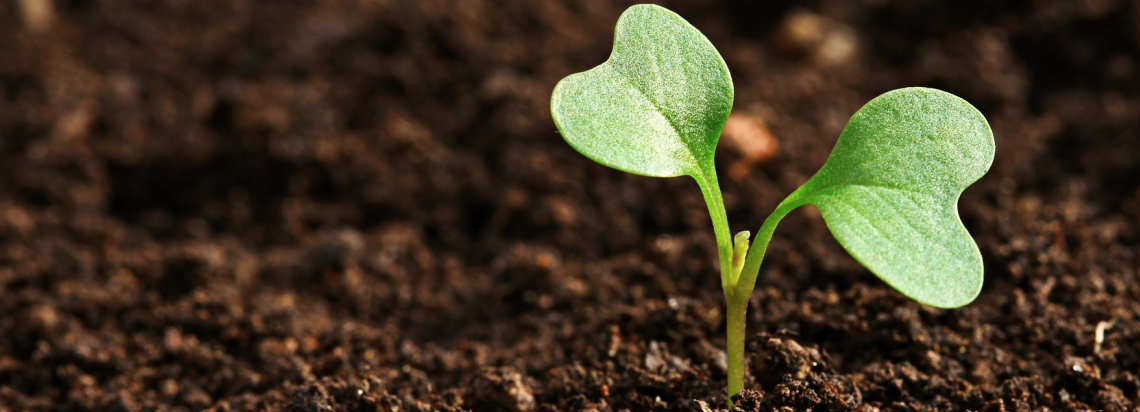
A critical AU Model Law aimed at harmonizing medical products regulatory systems in Africa was endorsed by African Heads of State and Government at the January 2016 AU Summit in Addis Ababa, Ethiopia. The AU Model Law will contribute towards accelerate the regulation of safe, quality and affordable medical products and technologies in Rwanda.
After the successful establishment of the East African Countries (EAC) Medicines Regulatory Harmonization (MRH) programme in 2012, Rwanda participated in the development and subsequent adoption of harmonized technical guidelines by the EAC Council in 2014 and publication of a compendium for EAC member states. Two pilot projects: the World Health Organization Medicines Prequalification Program (WHO-PQP) and the EAC Joint Assessments and Inspections ensured that Rwanda participated in the approval of 5 and 7 products in 2011 and 2013 respectively. Phase two of the EAC-MRH programme has expanded to include drug safety (pharmacovigilance) strengthening; clinical trials oversight; regulation and quality assurance of medical devices including diagnostics; and harmonization of regulation of vaccines.
In 2015, the EAC-MRH programme developed a Joint Dossier Assessment of 8 medicinal products in Entebbe, Uganda and Rwanda was a participating member.

A critical AU Model Law aimed at harmonizing medical products regulatory systems in Africa was endorsed by African Heads of State and Government at the January 2016 AU Summit in Addis Ababa, Ethiopia. The AU Model Law will contribute towards accelerate the regulation of safe, quality and affordable medical products and technologies in Rwanda.
After the successful establishment of the East African Countries (EAC) Medicines Regulatory Harmonization (MRH) programme in 2012, Rwanda participated in the development and subsequent adoption of harmonized technical guidelines by the EAC Council in 2014 and publication of a compendium for EAC member states. Two pilot projects: the World Health Organization Medicines Prequalification Program (WHO-PQP) and the EAC Joint Assessments and Inspections ensured that Rwanda participated in the approval of 5 and 7 products in 2011 and 2013 respectively. Phase two of the EAC-MRH programme has expanded to include drug safety (pharmacovigilance) strengthening; clinical trials oversight; regulation and quality assurance of medical devices including diagnostics; and harmonization of regulation of vaccines.
In 2015, the EAC-MRH programme developed a Joint Dossier Assessment of 8 medicinal products in Entebbe, Uganda and Rwanda was a participating member.

A critical AU Model Law aimed at harmonizing medical products regulatory systems in Africa was endorsed by African Heads of State and Government at the January 2016 AU Summit in Addis Ababa, Ethiopia. The AU Model Law will contribute towards accelerate the regulation of safe, quality and affordable medical products and technologies in Rwanda.
After the successful establishment of the East African Countries (EAC) Medicines Regulatory Harmonization (MRH) programme in 2012, Rwanda participated in the development and subsequent adoption of harmonized technical guidelines by the EAC Council in 2014 and publication of a compendium for EAC member states. Two pilot projects: the World Health Organization Medicines Prequalification Program (WHO-PQP) and the EAC Joint Assessments and Inspections ensured that Rwanda participated in the approval of 5 and 7 products in 2011 and 2013 respectively. Phase two of the EAC-MRH programme has expanded to include drug safety (pharmacovigilance) strengthening; clinical trials oversight; regulation and quality assurance of medical devices including diagnostics; and harmonization of regulation of vaccines.
In 2015, the EAC-MRH programme developed a Joint Dossier Assessment of 8 medicinal products in Entebbe, Uganda and Rwanda was a participating member.

A critical AU Model Law aimed at harmonizing medical products regulatory systems in Africa was endorsed by African Heads of State and Government at the January 2016 AU Summit in Addis Ababa, Ethiopia. The AU Model Law will contribute towards accelerate the regulation of safe, quality and affordable medical products and technologies in Rwanda.
After the successful establishment of the East African Countries (EAC) Medicines Regulatory Harmonization (MRH) programme in 2012, Rwanda participated in the development and subsequent adoption of harmonized technical guidelines by the EAC Council in 2014 and publication of a compendium for EAC member states. Two pilot projects: the World Health Organization Medicines Prequalification Program (WHO-PQP) and the EAC Joint Assessments and Inspections ensured that Rwanda participated in the approval of 5 and 7 products in 2011 and 2013 respectively. Phase two of the EAC-MRH programme has expanded to include drug safety (pharmacovigilance) strengthening; clinical trials oversight; regulation and quality assurance of medical devices including diagnostics; and harmonization of regulation of vaccines.
In 2015, the EAC-MRH programme developed a Joint Dossier Assessment of 8 medicinal products in Entebbe, Uganda and Rwanda was a participating member.
A critical AU Model Law aimed at harmonizing medical products regulatory systems in Africa was endorsed by African Heads of State and Government at the January 2016 AU Summit in Addis Ababa, Ethiopia. The AU Model Law will contribute towards accelerate the regulation of safe, quality and affordable medical products and technologies in Rwanda.
After the successful establishment of the East African Countries (EAC) Medicines Regulatory Harmonization (MRH) programme in 2012, Rwanda participated in the development and subsequent adoption of harmonized technical guidelines by the EAC Council in 2014 and publication of a compendium for EAC member states. Two pilot projects: the World Health Organization Medicines Prequalification Program (WHO-PQP) and the EAC Joint Assessments and Inspections ensured that Rwanda participated in the approval of 5 and 7 products in 2011 and 2013 respectively. Phase two of the EAC-MRH programme has expanded to include drug safety (pharmacovigilance) strengthening; clinical trials oversight; regulation and quality assurance of medical devices including diagnostics; and harmonization of regulation of vaccines.
In 2015, the EAC-MRH programme developed a Joint Dossier Assessment of 8 medicinal products in Entebbe, Uganda and Rwanda was a participating member.
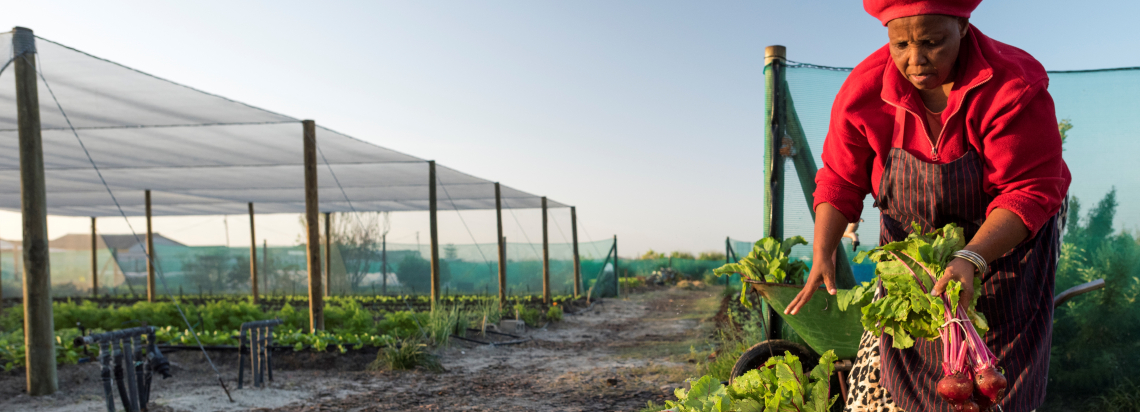
A critical AU Model Law aimed at harmonizing medical products regulatory systems in Africa was endorsed by African Heads of State and Government at the January 2016 AU Summit in Addis Ababa, Ethiopia. The AU Model Law will contribute towards accelerate the regulation of safe, quality and affordable medical products and technologies in Rwanda.
After the successful establishment of the East African Countries (EAC) Medicines Regulatory Harmonization (MRH) programme in 2012, Rwanda participated in the development and subsequent adoption of harmonized technical guidelines by the EAC Council in 2014 and publication of a compendium for EAC member states. Two pilot projects: the World Health Organization Medicines Prequalification Program (WHO-PQP) and the EAC Joint Assessments and Inspections ensured that Rwanda participated in the approval of 5 and 7 products in 2011 and 2013 respectively. Phase two of the EAC-MRH programme has expanded to include drug safety (pharmacovigilance) strengthening; clinical trials oversight; regulation and quality assurance of medical devices including diagnostics; and harmonization of regulation of vaccines.
In 2015, the EAC-MRH programme developed a Joint Dossier Assessment of 8 medicinal products in Entebbe, Uganda and Rwanda was a participating member.

A critical AU Model Law aimed at harmonizing medical products regulatory systems in Africa was endorsed by African Heads of State and Government at the January 2016 AU Summit in Addis Ababa, Ethiopia. The AU Model Law will contribute towards accelerate the regulation of safe, quality and affordable medical products and technologies in Rwanda.
After the successful establishment of the East African Countries (EAC) Medicines Regulatory Harmonization (MRH) programme in 2012, Rwanda participated in the development and subsequent adoption of harmonized technical guidelines by the EAC Council in 2014 and publication of a compendium for EAC member states. Two pilot projects: the World Health Organization Medicines Prequalification Program (WHO-PQP) and the EAC Joint Assessments and Inspections ensured that Rwanda participated in the approval of 5 and 7 products in 2011 and 2013 respectively. Phase two of the EAC-MRH programme has expanded to include drug safety (pharmacovigilance) strengthening; clinical trials oversight; regulation and quality assurance of medical devices including diagnostics; and harmonization of regulation of vaccines.
In 2015, the EAC-MRH programme developed a Joint Dossier Assessment of 8 medicinal products in Entebbe, Uganda and Rwanda was a participating member.

A critical AU Model Law aimed at harmonizing medical products regulatory systems in Africa was endorsed by African Heads of State and Government at the January 2016 AU Summit in Addis Ababa, Ethiopia. The AU Model Law will contribute towards accelerate the regulation of safe, quality and affordable medical products and technologies in Rwanda.
After the successful establishment of the East African Countries (EAC) Medicines Regulatory Harmonization (MRH) programme in 2012, Rwanda participated in the development and subsequent adoption of harmonized technical guidelines by the EAC Council in 2014 and publication of a compendium for EAC member states. Two pilot projects: the World Health Organization Medicines Prequalification Program (WHO-PQP) and the EAC Joint Assessments and Inspections ensured that Rwanda participated in the approval of 5 and 7 products in 2011 and 2013 respectively. Phase two of the EAC-MRH programme has expanded to include drug safety (pharmacovigilance) strengthening; clinical trials oversight; regulation and quality assurance of medical devices including diagnostics; and harmonization of regulation of vaccines.
In 2015, the EAC-MRH programme developed a Joint Dossier Assessment of 8 medicinal products in Entebbe, Uganda and Rwanda was a participating member.
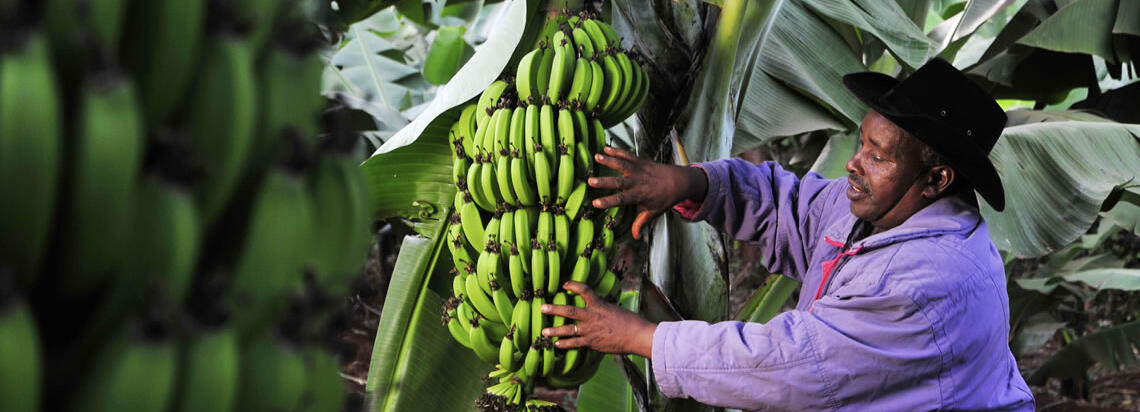
A critical AU Model Law aimed at harmonizing medical products regulatory systems in Africa was endorsed by African Heads of State and Government at the January 2016 AU Summit in Addis Ababa, Ethiopia. The AU Model Law will contribute towards accelerate the regulation of safe, quality and affordable medical products and technologies in Rwanda.
After the successful establishment of the East African Countries (EAC) Medicines Regulatory Harmonization (MRH) programme in 2012, Rwanda participated in the development and subsequent adoption of harmonized technical guidelines by the EAC Council in 2014 and publication of a compendium for EAC member states. Two pilot projects: the World Health Organization Medicines Prequalification Program (WHO-PQP) and the EAC Joint Assessments and Inspections ensured that Rwanda participated in the approval of 5 and 7 products in 2011 and 2013 respectively. Phase two of the EAC-MRH programme has expanded to include drug safety (pharmacovigilance) strengthening; clinical trials oversight; regulation and quality assurance of medical devices including diagnostics; and harmonization of regulation of vaccines.
In 2015, the EAC-MRH programme developed a Joint Dossier Assessment of 8 medicinal products in Entebbe, Uganda and Rwanda was a participating member.
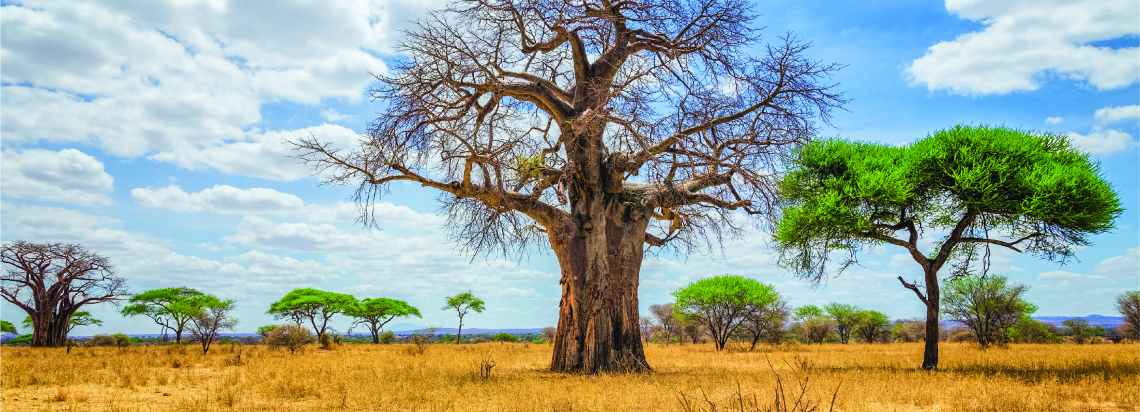
A critical AU Model Law aimed at harmonizing medical products regulatory systems in Africa was endorsed by African Heads of State and Government at the January 2016 AU Summit in Addis Ababa, Ethiopia. The AU Model Law will contribute towards accelerate the regulation of safe, quality and affordable medical products and technologies in Rwanda.
After the successful establishment of the East African Countries (EAC) Medicines Regulatory Harmonization (MRH) programme in 2012, Rwanda participated in the development and subsequent adoption of harmonized technical guidelines by the EAC Council in 2014 and publication of a compendium for EAC member states. Two pilot projects: the World Health Organization Medicines Prequalification Program (WHO-PQP) and the EAC Joint Assessments and Inspections ensured that Rwanda participated in the approval of 5 and 7 products in 2011 and 2013 respectively. Phase two of the EAC-MRH programme has expanded to include drug safety (pharmacovigilance) strengthening; clinical trials oversight; regulation and quality assurance of medical devices including diagnostics; and harmonization of regulation of vaccines.
In 2015, the EAC-MRH programme developed a Joint Dossier Assessment of 8 medicinal products in Entebbe, Uganda and Rwanda was a participating member.
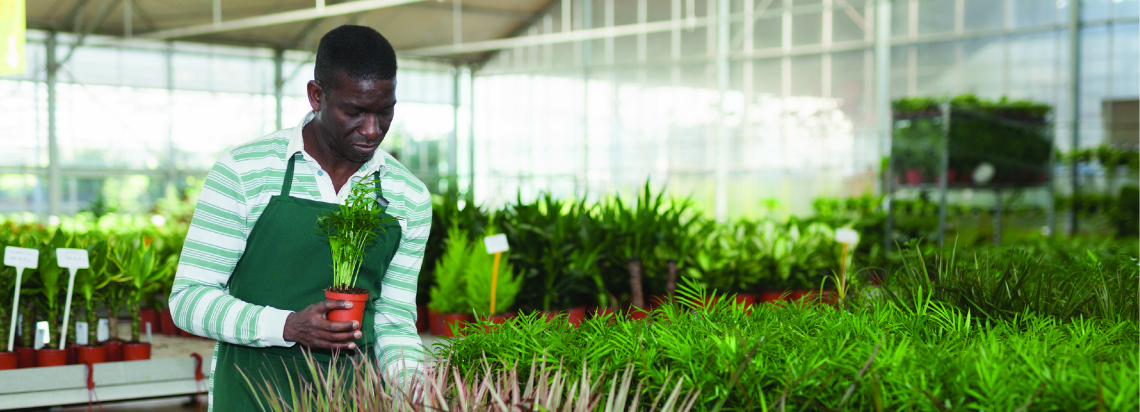
A critical AU Model Law aimed at harmonizing medical products regulatory systems in Africa was endorsed by African Heads of State and Government at the January 2016 AU Summit in Addis Ababa, Ethiopia. The AU Model Law will contribute towards accelerate the regulation of safe, quality and affordable medical products and technologies in Rwanda.
After the successful establishment of the East African Countries (EAC) Medicines Regulatory Harmonization (MRH) programme in 2012, Rwanda participated in the development and subsequent adoption of harmonized technical guidelines by the EAC Council in 2014 and publication of a compendium for EAC member states. Two pilot projects: the World Health Organization Medicines Prequalification Program (WHO-PQP) and the EAC Joint Assessments and Inspections ensured that Rwanda participated in the approval of 5 and 7 products in 2011 and 2013 respectively. Phase two of the EAC-MRH programme has expanded to include drug safety (pharmacovigilance) strengthening; clinical trials oversight; regulation and quality assurance of medical devices including diagnostics; and harmonization of regulation of vaccines.
In 2015, the EAC-MRH programme developed a Joint Dossier Assessment of 8 medicinal products in Entebbe, Uganda and Rwanda was a participating member.
you agree to the AUDA-NEPAD Privacy Policy.




